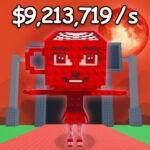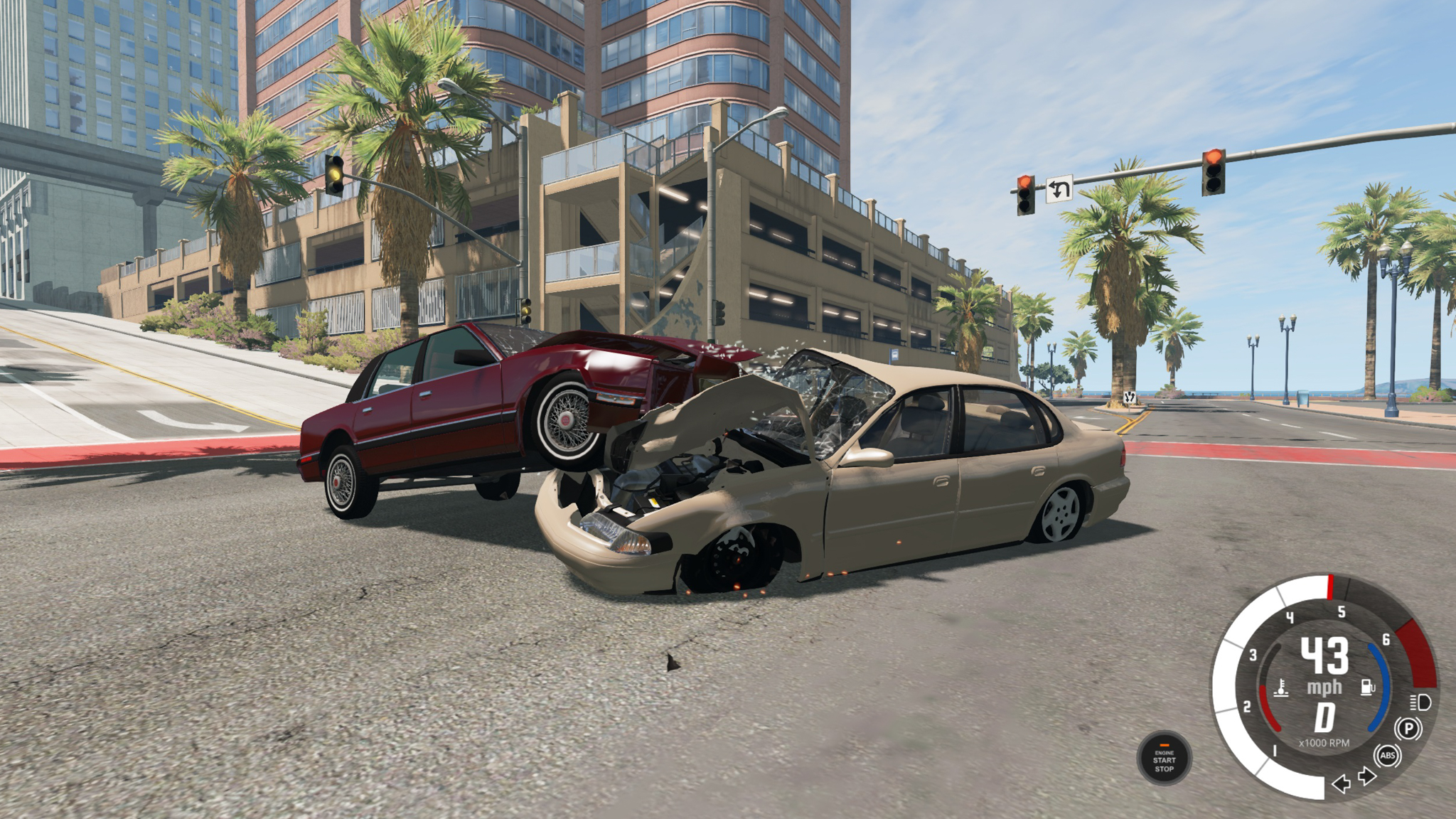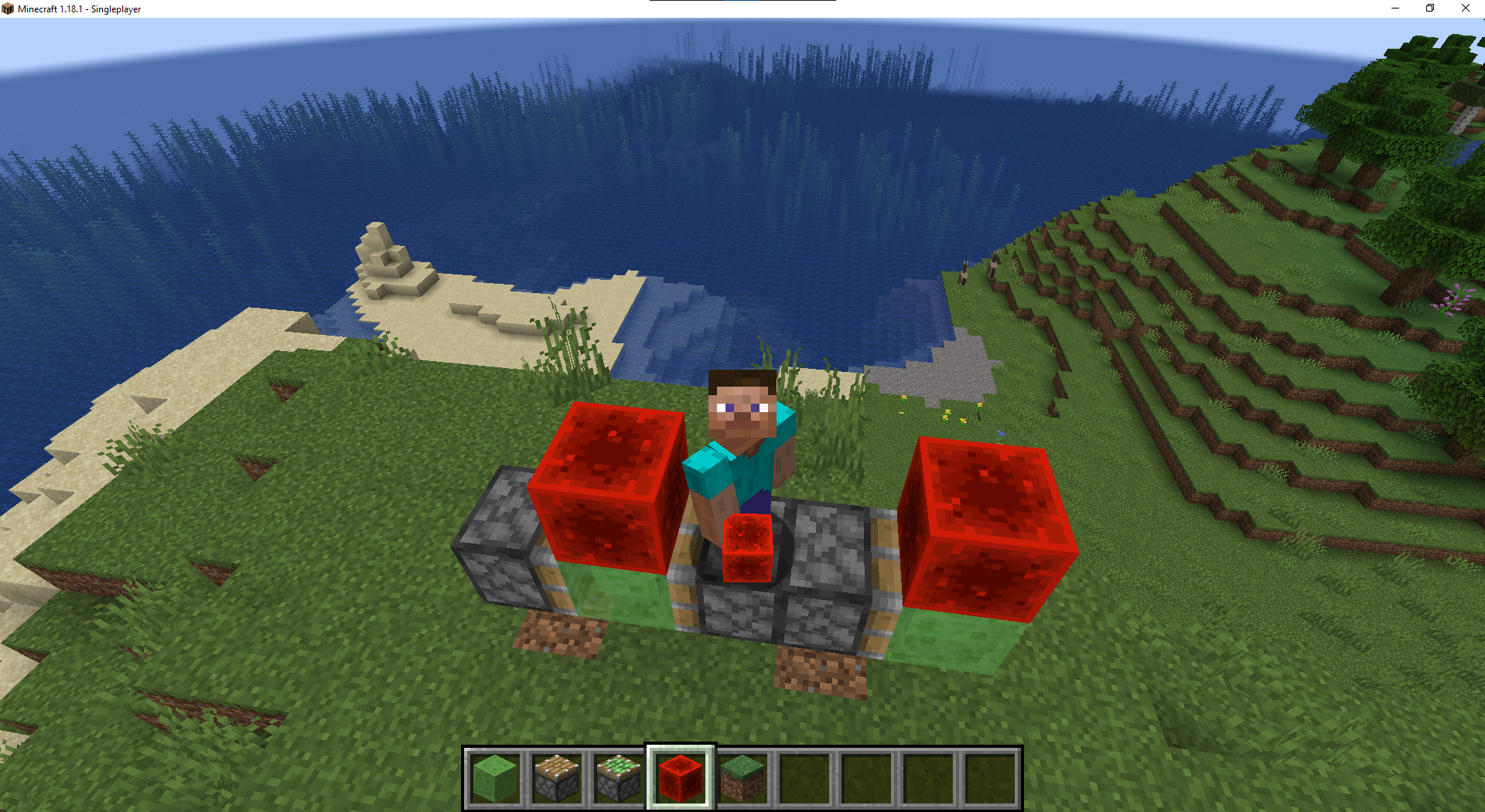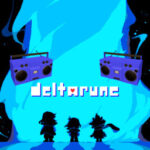Popular Now
Geometry Dash is an addictive rhythm-based platformer that challenges players with intricate levels synced to pulsating soundtracks. Unlike traditional platformers, the game’s difficulty isn’t just about precise timing—it’s about feeling the beat. This deep-dive article will explore how rhythm mechanics play a crucial role in Geometry Dash, how players can master them, and how they evolve across different levels and gameplay elements.
1. The Core of Rhythm-Based Gameplay
At its heart, Geometry Dash is not just about tapping to jump—it’s about syncing movements with the rhythm of the soundtrack. The level design is crafted to align jumps, gravity flips, and dashes perfectly with the beat of the music.
1.1 The Role of Soundtracks
Each level in Geometry Dash features a unique electronic soundtrack, guiding players through obstacles. Unlike other rhythm games, where you follow visual cues, Geometry Dash levels require auditory awareness. Listening closely to the tempo and beat drop can mean the difference between success and failure.
1.2 Music and Timing Synchronization
Every obstacle placement is meticulously aligned with the rhythm, making gameplay intuitive but challenging. Players unconsciously develop a sense of timing as they progress, with successful jumps occurring on beats and transitions following musical shifts.
2. How Beats Shape Level Design
2.1 Rhythm as a Leveling Mechanism
Levels are built to match the beats, ensuring that obstacles feel natural to overcome. When levels stray from this synchronization, they feel off, leading to frustration. Top creators in the community carefully structure jumps, spikes, and portals around song progression.
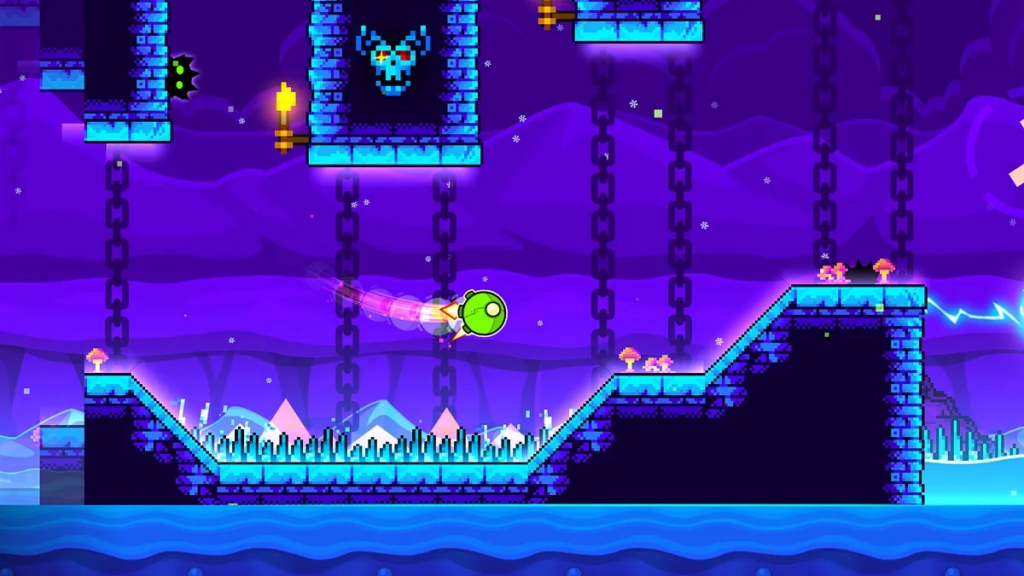
2.2 Offbeat Challenges and Sync Disruptions
Some levels deliberately introduce offbeat jumps, tricking players into mistiming their actions. This forces them to rely on visual memory instead of purely following the sound. These design choices add a layer of challenge by disrupting player expectations.
3. The Importance of BPM (Beats Per Minute)
3.1 What is BPM in Geometry Dash?
BPM determines the tempo of a level’s soundtrack. Faster BPM levels, like those in the Demon difficulty, require tighter reaction times, while slower BPM levels allow for more relaxed gameplay but may demand greater precision.
3.2 BPM and Player Reaction Times
Higher BPM levels reduce the reaction window, demanding lightning-fast taps. Lower BPM levels might feel easier, but they often require pinpoint accuracy since the slower tempo makes mistimed jumps more noticeable.
4. Advanced Rhythm-Based Movements
4.1 Double and Triple Speed Sections
Some levels change speed mid-way, drastically altering the rhythm. A player comfortable with one tempo may struggle when it suddenly shifts, requiring adaptability.
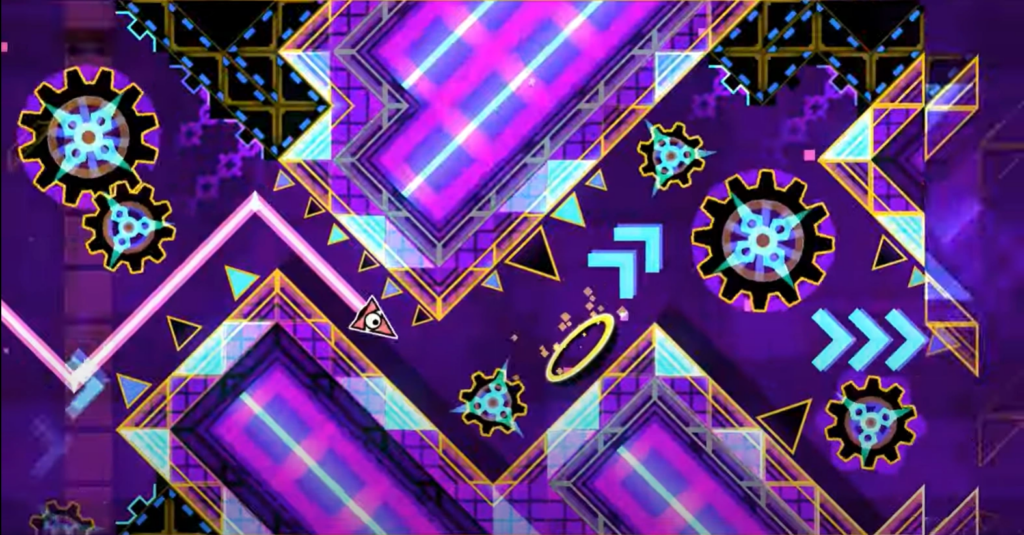
4.2 Syncing Jumps with Instrument Layers
Expert players don’t just listen to the bass beat—they align jumps with melodies, percussion, or synth leads. This deeper connection to the music helps with mastering complex patterns.
5. How Jump Orbs and Dash Pads Influence Rhythm
5.1 The Role of Jump Orbs
Jump orbs introduce complexity by requiring timed taps separate from normal jumps. These often follow drum beats, making them feel natural when hit correctly.
5.2 Dash Pads and Unexpected Rhythms
Dash pads suddenly increase momentum, sometimes throwing off players who rely on a steady beat. Recognizing when these appear is crucial for maintaining proper timing.
6. Portals and Beat-Based Transitions
6.1 Gravity Portals and Sync Adjustments
Gravity changes force players to rethink their rhythm, sometimes requiring them to jump on offbeats instead of downbeats.
6.2 Mirror Portals and Disorientation
Flipping the screen visually distorts rhythm perception, making even a well-known song feel different. Players must train themselves to recognize audio cues rather than relying solely on sight.
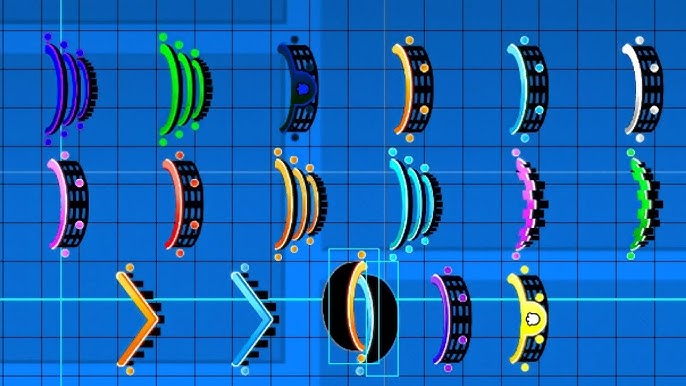
7. How Custom Levels Experiment with Rhythm
7.1 Player-Created Challenges
Community levels often introduce unconventional rhythms, challenging players to adapt to new styles of sync.
7.2 Popular Rhythm-Focused Custom Levels
Levels like “Deadlocked” and “Theory of Everything 2” use intense rhythm variations, forcing players to react differently compared to traditional levels.
8. Training Rhythm with Practice Mode
8.1 Using Practice Mode to Learn Sync
Practice Mode allows players to slow down a level and place checkpoints, helping them analyze rhythm-based jumps without full-level repetition.
8.2 Developing Muscle Memory for Beats
By repeatedly attempting difficult sequences, players develop a subconscious connection to the rhythm, making future runs more effortless.
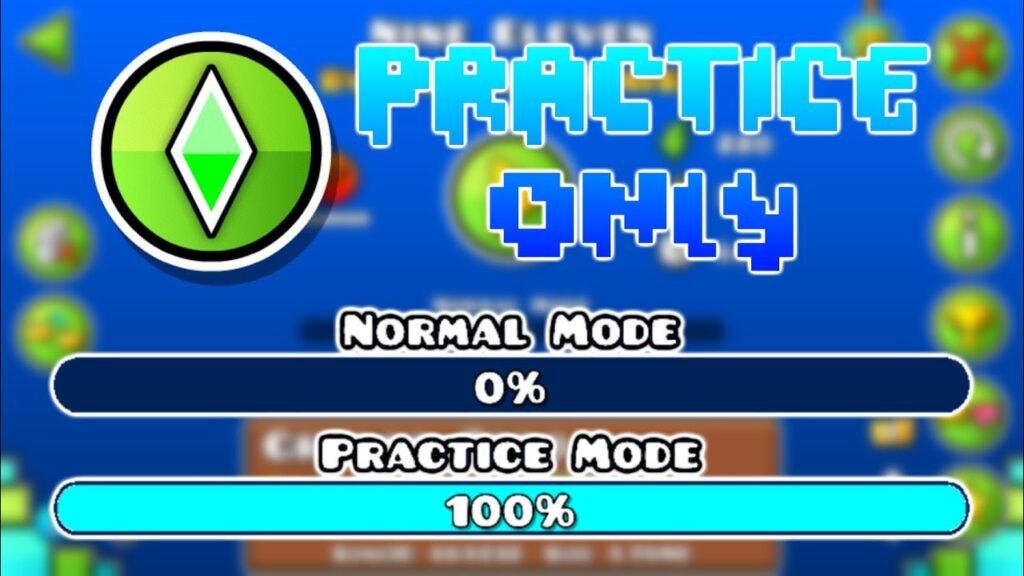
9. Psychological Aspects of Rhythm-Based Gameplay
9.1 How the Brain Adapts to Rhythm
As players improve, their brains naturally sync movement with beat patterns, similar to dancers learning choreography.
9.2 Flow State and Perfect Rhythm Execution
When players fully synchronize their inputs with the music, they enter a “flow state” where gameplay feels almost automatic, significantly improving performance.
10. Conclusion: The True Mastery of Rhythm in Geometry Dash
Rhythm is more than just an aesthetic feature in Geometry Dash—it’s the foundation of the game’s mechanics. Understanding BPM, adapting to speed shifts, and mastering beat-based jumps are essential for high-level play. By training with music, analyzing rhythm variations, and utilizing Practice Mode, players can refine their skills and achieve near-perfect synchronization.


